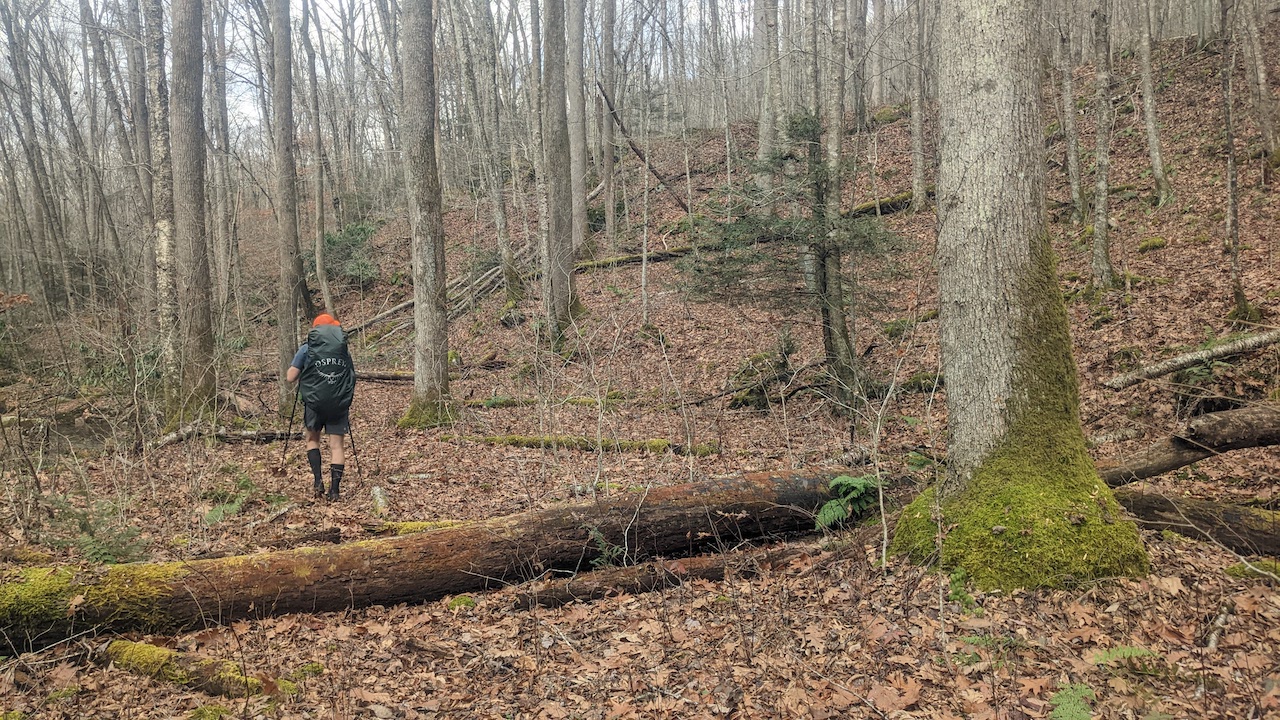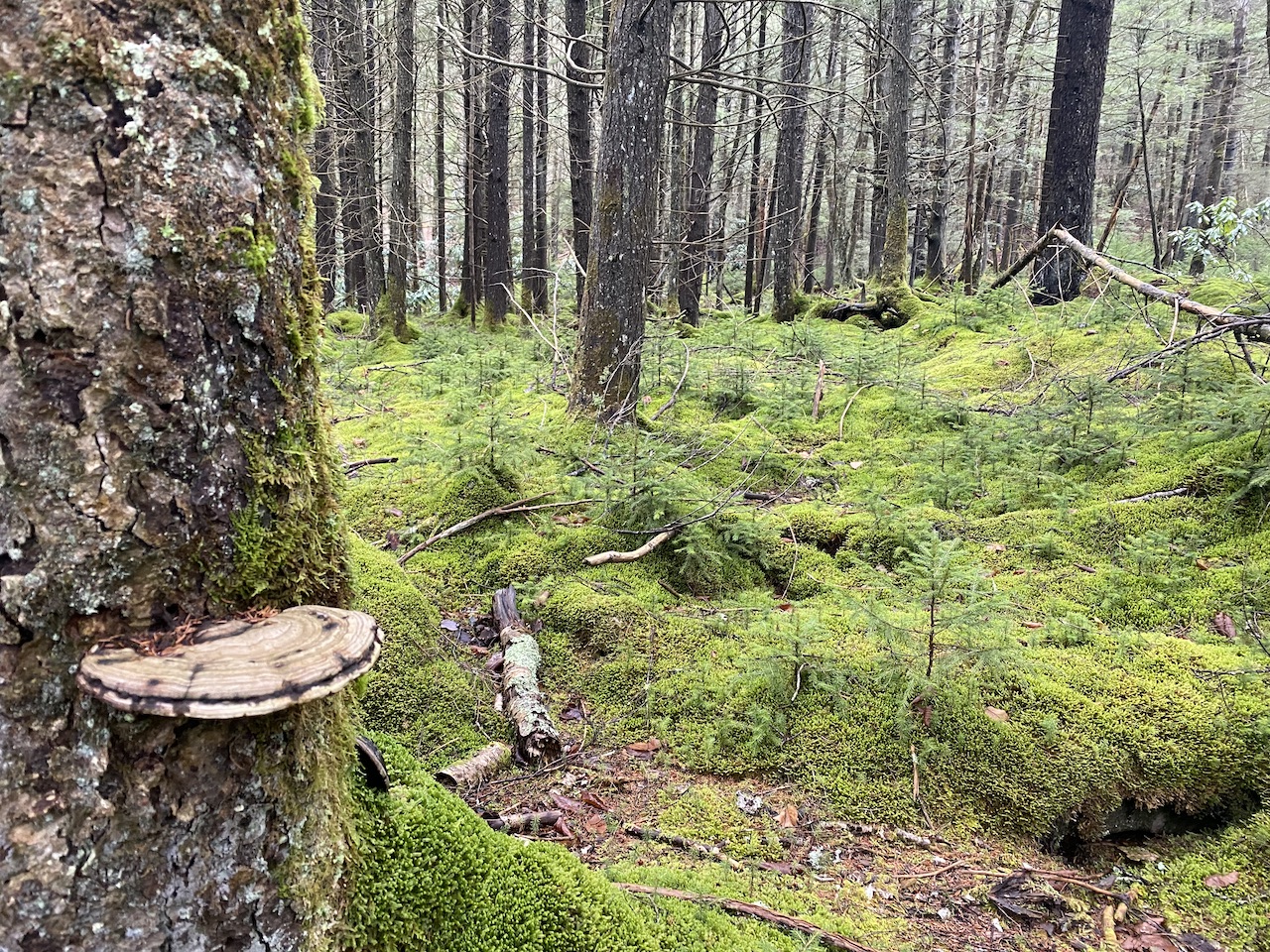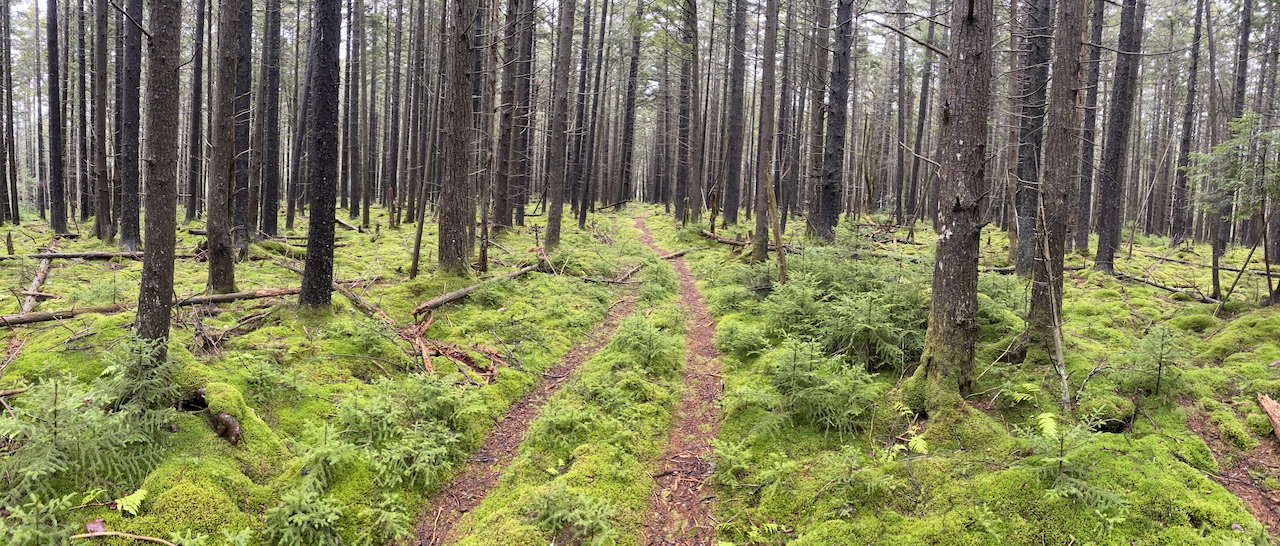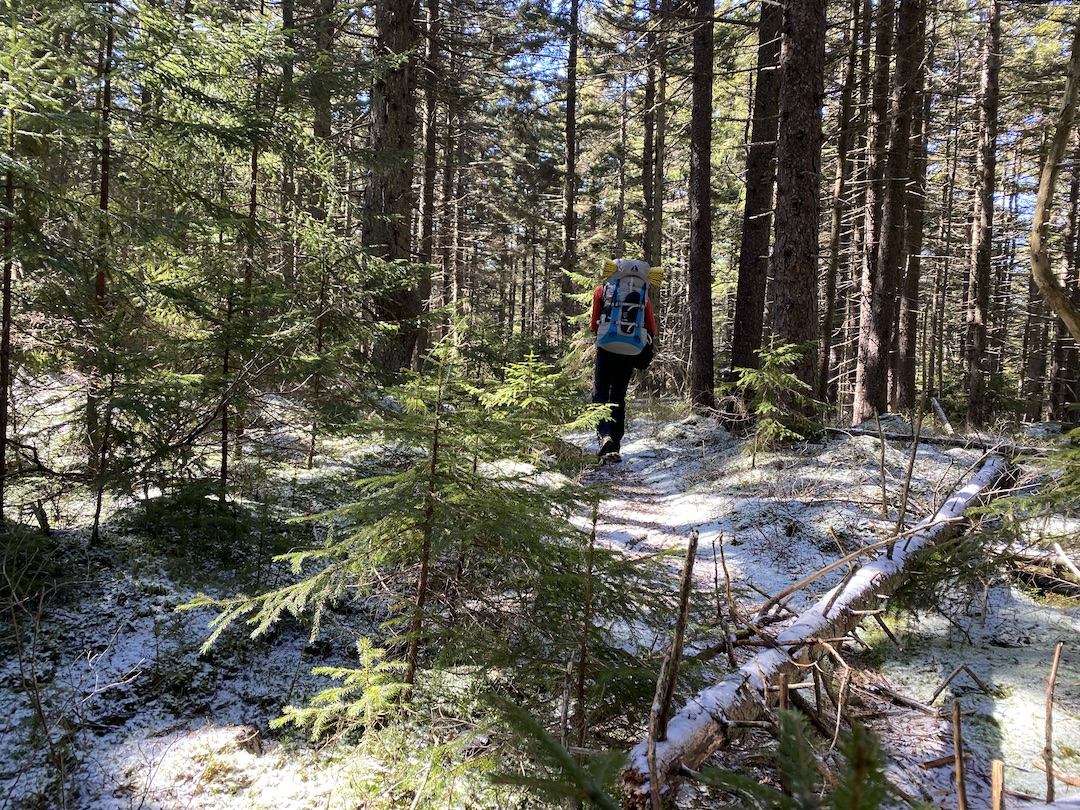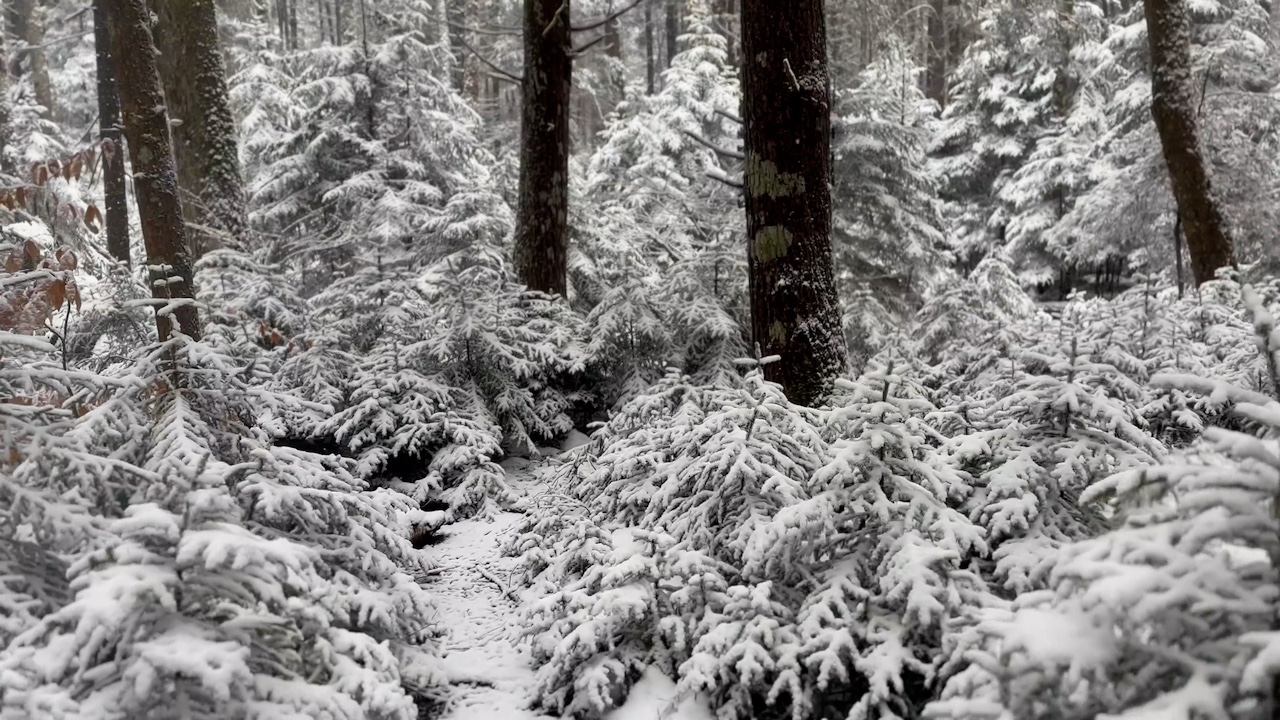
The Monongahela National Forest located in the Allegheny Mountains of east central West Virginia covers more than 920,000 acres and is home to some sweet backpacking destinations including Dolly Sods, Roaring Plains, and the Cranberry Wilderness. For this trip, I invited Rodrigo, and we set our sights on Cranberry.
Situated between the Highland Scenic Highway to the east, the Williams River to the north, and the Cranberry River to the south and west, the Cranberry Wilderness spans 47,815 acres and includes 15 interconnected and unblazed trails covering over 75 miles with elevations ranging from 2,400 to over 4,600 feet. In the winter it’s crazy cold and the chance for snow is always looming overhead.
READ MORE


